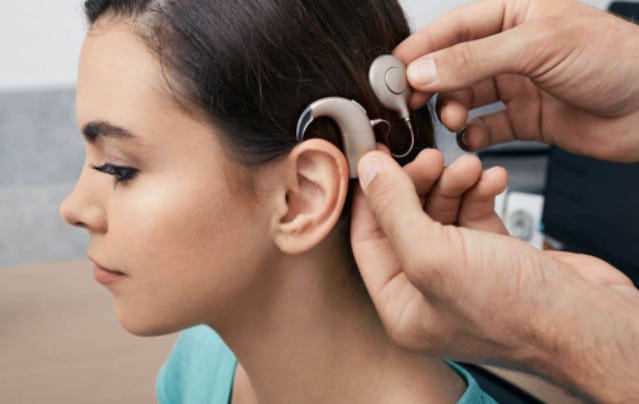Artificial Intelligence is improving the use of Hearing Aids
Hearing loss, Tinnitus, A.I. for Good, and how A.I. is augmenting hearing-aid tech and the work of audiologists
Increasingly in the 2020s hearing aid technology is being augmented by artificial intelligence. AI-powered hearing solutions support your brain by giving it more of what it needs to make better sense of sound.
Studies consistently report that the prevalence of tinnitus increases with increasing age. This is to be expected with no cure for tinnitus and m…
Keep reading with a 7-day free trial
Subscribe to AI Supremacy to keep reading this post and get 7 days of free access to the full post archives.



